Testosterone stands out as a critical player in the intricate web of hormones that govern our bodies. Responsible for facilitating muscle growth, fueling sex drive, upholding sturdy bones, and fostering the production of red blood cells, testosterone’s influence spans multiple facets of human health.
Yet, testosterone levels can dwindle as people grow old, particularly in men. The decrease in testosterone can cause several effects beyond the bedroom and the gym.
Often referred to as ‘low T,’ low testosterone can physically, mentally, and sexually affect men and their health. However, the low testosterone symptoms aren’t always enough to confirm low testosterone. Doctors diagnose low testosterone by detailing your symptoms well and doing two blood tests in the morning when testosterone is at its highest.
If the results show around 264 to 300 nanograms per deciliter or lower, it might mean that there’s not enough testosterone. Here are 14 low testosterone symptoms that can happen because of low testosterone.
1. Erectile Dysfunction

Insufficient testosterone levels can lead to challenges in achieving an erection, or even if you do, you might not get a firm enough erection for intercourse, and in some cases, spontaneous erections might occur. Testosterone plays a crucial role as it prompts the brain to initiate the chemical processes necessary for achieving and maintaining an erection.
Nevertheless, the relationship between testosterone and erectile function is complicated, as some men can still achieve an erection without difficulty, even when their testosterone levels are low. Moreover, erectile dysfunction can indicate the presence of chronic conditions like heart disease, obesity, and diabetes.
2. Low Sex Drive

The brain regions associated with sex drive contain receptors for testosterone. Testosterone is the driving force behind a man’s sexual drive. One of the low testosterone symptoms is if a man’s testosterone levels are low, his interest in sexual activity will probably decrease.
In addition to having a reduced desire for sex, men with low testosterone may also engage in masturbation less frequently and experience fewer fantasies and erotic dreams.
3. Fatigue

Experiencing fatigue after a hectic day is very common, but individuals with low T levels often become completely exhausted, significantly more than normal. This unwarranted tiredness can considerably impact a man’s overall well-being, affecting not only his physical energy but also his emotional and mental state.
4. Low Energy

Beyond fatigue, men with low testosterone frequently encounter a noticeable decline in their motivation and proactive behavior, even when young. Those who were once full of energy and enthusiasm throughout the day might now find themselves stuck on the couch, locking their usual drive to engage in various activities.
This shift in motivation can extend beyond physical endeavors and affect their overall enthusiasm for life, potentially leading to decreased participation in social settings, work, and personal life.
5. Mood Swings

Even in the absence of clinical depression, males with low T levels frequently get feelings of sadness or melancholy. This emotional state leads them to experience diminished optimism compared to their previous outlook.
These more related changes can significantly impact their overall emotional well-being, potentially affecting their relationships, work performance, and overall quality of life.
6. Irritability

Low T levels can result in men displaying increased irritability and a generally grumpy demeanor. On occasions, the shift in behavior might be more evident to those nearby, such as friends, family, and co-workers, as opposed to the individuals experiencing it themselves. This can lead to strained interpersonal relationships and heightened stress levels for affected individuals and those around them.
7. Low Fluid Level

The generation of the sperm-containing fluid released during ejaculation involves the coordinated function of three parts in a man’s body: the prostate, seminal vesicles, and testicles. Adequate testosterone is essential for each component to produce the typical ejaculatory volume ranging from 1.5 to 5 cubic centimeters. A man with low T levels might notice a considerable decrease in ejaculation he can produce.
8. Genital Numbness
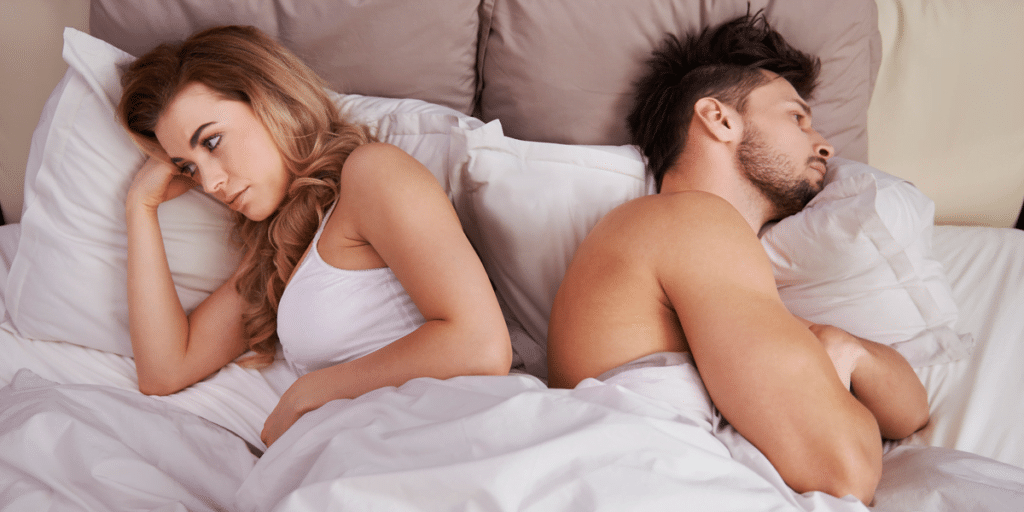
Men who have low testosterone levels frequently describe a sensation of numbness in their genital region. Although it might not be complete numbness, touching the penis or scrotum might not generate the anticipated sensation of sexual desire that adds to the enjoyment of sex. For them, touching that area might feel wrong.
9. Shrinking

Without a consistent supply of testosterone, the tissues within the penis, scrotum, and testicles can undergo a process of atrophy, leading them to shrink or diminish in size. Consequently, the penis might experience a reduction in both length and thickness. What’s more is that the testicles may also undergo a noticeable decrease in size, often becoming about half the original size and becoming softer.
10. Reduced Muscle Mass
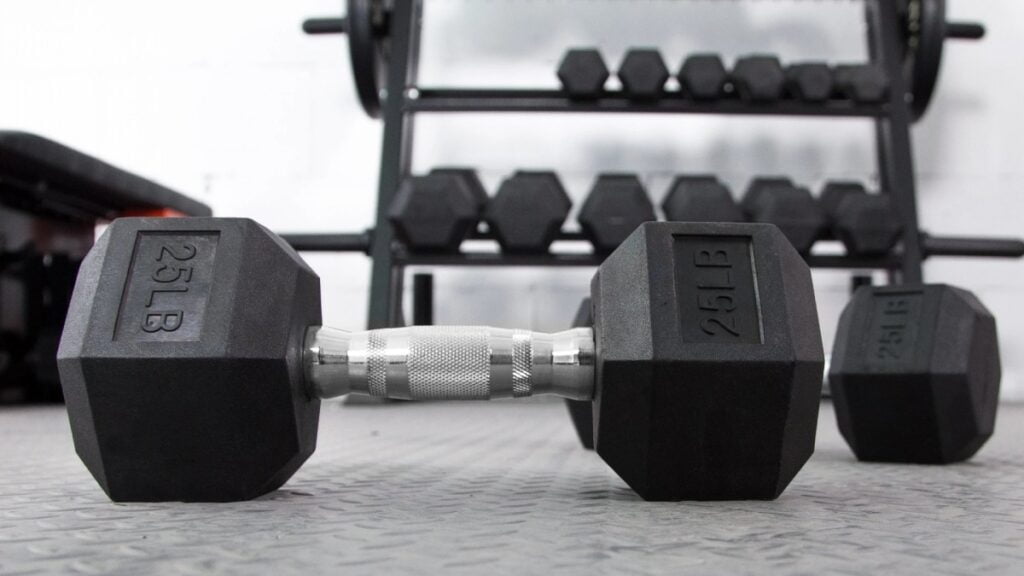
Testosterone aids in creating and assembling proteins, which are sensual components for building lean muscles. However, when testosterone levels decrease, your body shifts into a catabolic state. Instead of building muscle, your body starts breaking down muscle tissue in this state. Initially, lifting heavy weights or building muscles while working out might be harder. You can expect a reduction in muscle mass over a few weeks of having low T.
11. Increased Body Fat

As you experience a decrease in size where it matters, you might notice an increase where it’s less desirable. The connection between obesity and low T forms a challenging loop. Low T can dampen your drive to engage in activities, potentially leading to weight gain. This interplay can create a cycle where low T and weight gain aggravate each other.
12. Memory Problems

Memory issues often arise in men who have low levels of testosterone. Brain regions that are crucial for memory and attention possess receptors for testosterone. When these receptors lack adequate hormone supply, it can impede the efficiency of brain cells, potentially resulting in memory loss.
13. Weak Bones

As testosterone levels decrease, your bones break down more rapidly than your body can rebuild. You become more susceptible to low bone density, osteoporosis, and fractures. Bone density naturally shifts as you age, and coupled with low T, it can contribute to a hunched or bent-over posture, affecting your overall appearance.
14. Hair Loss
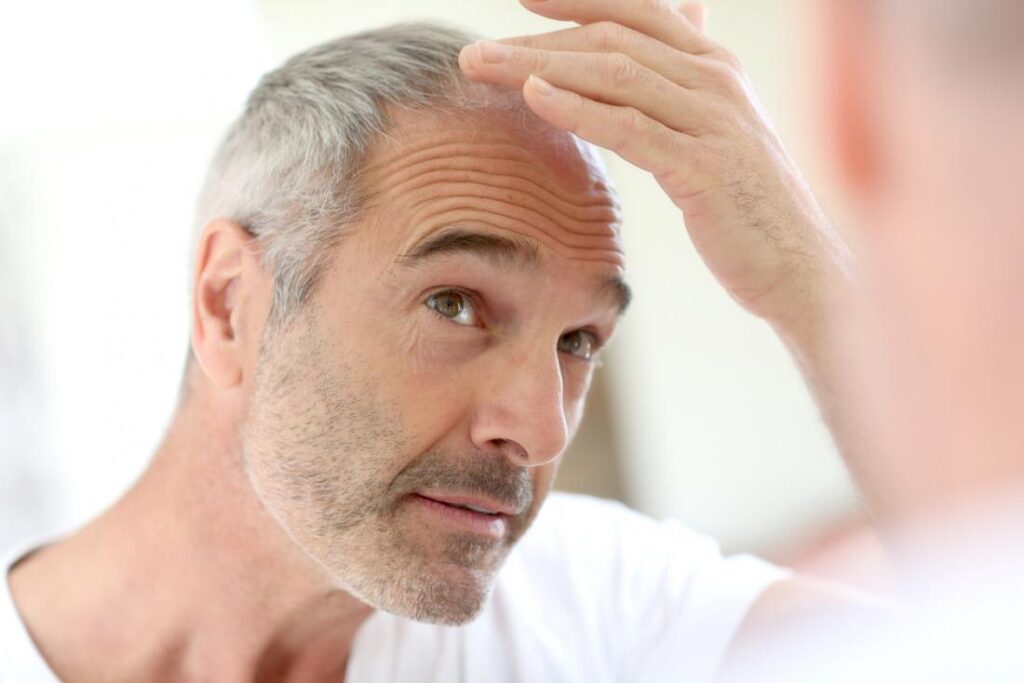
As you age, it’s more likely than not, given that your hair will begin to thin out, potentially leading to baldness. In the case of low testosterone, the decrease in this hormone can also result in the loss of body and facial hair. You might observe a slower growth rate of your beard and a decrease in the number of times you shave. Facial and body hair growth heavily relies on testosterone, so its deficiency can disrupt the natural hair growth process.
Testosterone Levels Throughout Your Life Cycle
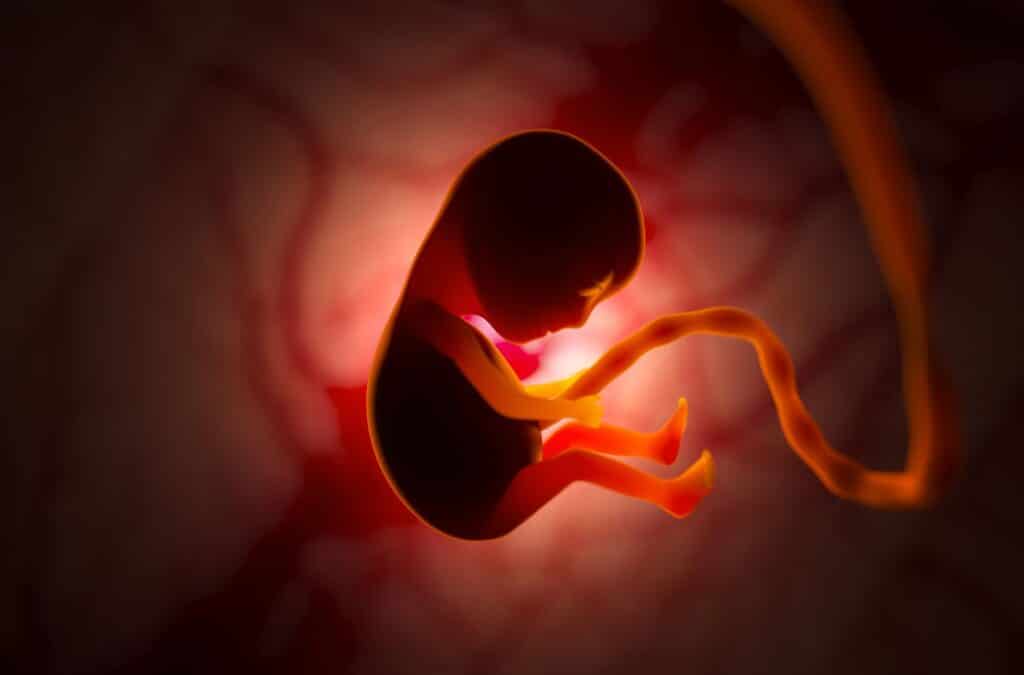
Testosterone plays a crucial role in the normal development of the male reproductive system during pregnancy. Its presence in the womb is vital for shaping the formation of male reproductive organs.
Moreover, research involving 60 children suggests that testosterone levels in the womb could impact the functioning of the brain’s left and right hemispheres. Maintaining a delicate testosterone balance during fetal development is essential for promoting optimal brain health.
Interestingly, higher levels of fetal testosterone have been associated with a potential link to autism.
1. Adolescence and Early Adulthood

During adolescence and early adulthood, testosterone levels surge to their peak. This hormone, along with androgens, drives notable physical transformations in boys as they go through puberty. Manifestations include the deepening of the voice, the broadening of the shoulders, and the development of more masculine facial features.
2. Adulthood

As men progress into adulthood, a gradual decline in testosterone levels is observed, declining at an approximate rate of 1 percent per year after age 30. This natural decline is a normal part of the aging process.
The role of testosterone spans different stages of life, encompassing fetal development, the dynamic changes of adolescence, and the gradual adjustments that occur during adulthood. Understanding these intricate hormonal influences contributes to our comprehension of human growth and development.
How is Low T Treated?

Treatment for low testosterone, known as male hypogonadism, involves testosterone replacement therapy. This therapy is available in various forms to address the condition effectively:
- Testosterone Skin Gels: These gels are applied daily to clean, dry skin. It’s crucial to prevent the transfer of the gel to others through skin contact. This method is popular in the U.S.
- Intramuscular Testosterone: Injections are administered into a muscle every 1 to 2 weeks. Long-acting injections can be given every 10 weeks, and subcutaneous injections are available.
- Testosterone Patches: These patches are worn daily on the skin, with the location of the application rotated to avoid skin reactions.
- Testosterone Pellets: Implanted under the skin every three to six months, these pellets offer consistent, long-term testosterone release.
- Buccal Testosterone Tablets: Sticky pills are applied to the gums twice a day, with rapid absorption through the gums into the bloodstream.
- Testosterone Nasal Gel: Administered by applying it into each nostril thrice daily.
- Oral Testosterone: In specific medical conditions like Klinefelter syndrome or pituitary gland damage, oral testosterone in pill form (undecanoate) is an option.
How to Prevent Low Testosterone?

Preventing low testosterone resulting from genetic conditions or damage to the testicles, hypothalamus, or pituitary gland is challenging and poorly understood by healthcare providers and researchers. However, certain lifestyle habits might contribute to maintaining normal testosterone levels:
- Healthy Diet: Consuming a balanced and nutritious diet rich in essential nutrients, vitamins, and minerals can support hormonal balance, including testosterone production.
- Regular Exercise: Engaging in regular physical activity, including both cardiovascular exercises and strength training, can help regulate hormone levels, including testosterone.
- Weight Management: Maintaining a healthy weight through proper diet and exercise can positively influence testosterone levels. Excess body fat, especially around the abdomen, can contribute to hormonal imbalances.
- Moderate Alcohol and Drug Use: Limiting the consumption of alcohol and avoiding the misuse of drugs can help prevent disruptions in hormone production, including testosterone.
Testosterone & Women
Although testosterone is commonly associated with male physiology, it’s essential for the healthy functioning of women as well. While women have much lower levels of testosterone compared to men, it plays a significant role in their overall well-being.
During menopause, a woman’s estrogen levels decrease. As a result, relative to other hormones, the levels of male hormones, also known as androgens, might become relatively higher. Conditions like polycystic ovarian syndrome (PCOS) can further elevate testosterone levels in women.
1. Excess Testosterone in Women
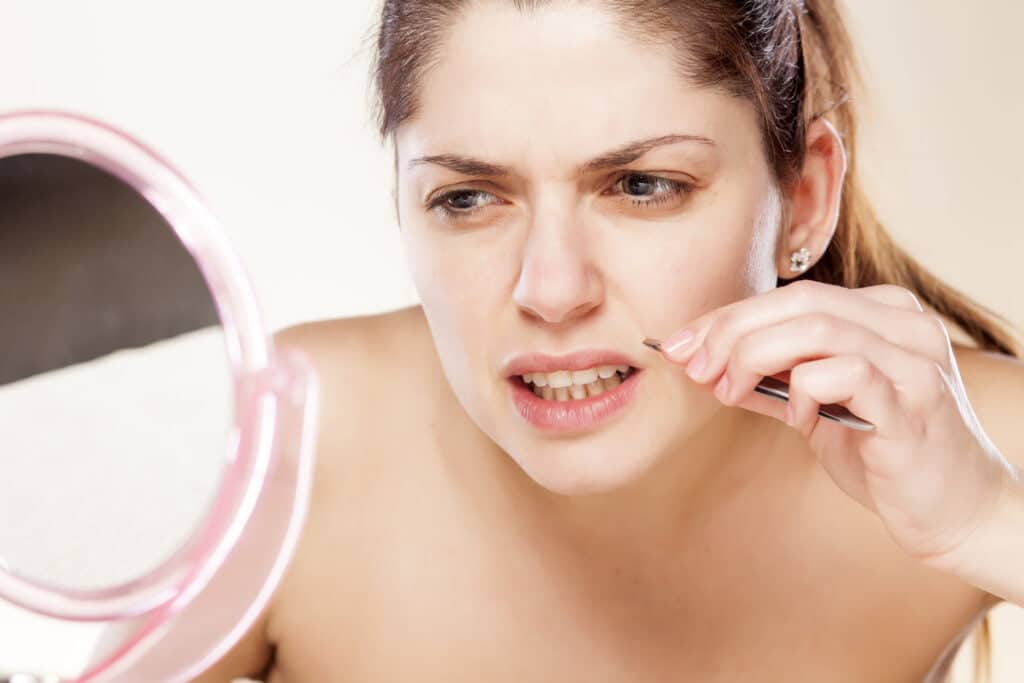
An excess of testosterone circulating in a woman’s bloodstream can result in a variety of unwanted outcomes. These effects include hair thinning on the scalp, the development of acne, irregular or absent menstrual cycles, the growth of facial hair, and potential fertility challenges. Such effects can significantly impact not only physical appearance but also a woman’s overall well-being and self-esteem.
2. Low Testosterone in Women

It would be best if you found a balance. Insufficient levels of testosterone in women can lead to an array of distinct issues. Beyond potential fertility problems, women with low testosterone might experience weakened bones, which increases their vulnerability to fractures.
Moreover, decreased libido or sexual desire can influence emotional well-being and intimate aspects of a woman’s life. These consequences underscore testosterone’s intricate role in upholding a woman’s health and vitality.
Final Takeaway
Recognizing the 14 sneaky signs that indicate low testosterone symptoms is crucial for maintaining overall health and well-being. These sudden indicators serve as valuable cues, urging you to delve deeper into your physical and emotional state.
From experiencing changes in sexual drive to hair loss and mood swings, understanding these low testosterone symptoms will enable you to take timely action.
Even recognizing these signs can make a significant difference. While these lifestyle habits might contribute to overall well-being and hormonal health, it’s important to note that they may not entirely prevent low testosterone caused by genetic factors or certain medical conditions.
Regular medical check-ups and consultations with healthcare providers are essential to monitor and manage hormonal health. With this knowledge of low testosterone symptoms, you can collaborate with medical professionals, and by seeking medical guidance promptly, you can take a proactive stand toward your well-being. Ultimately, this awareness empowers individuals to take charge of their health journey.




